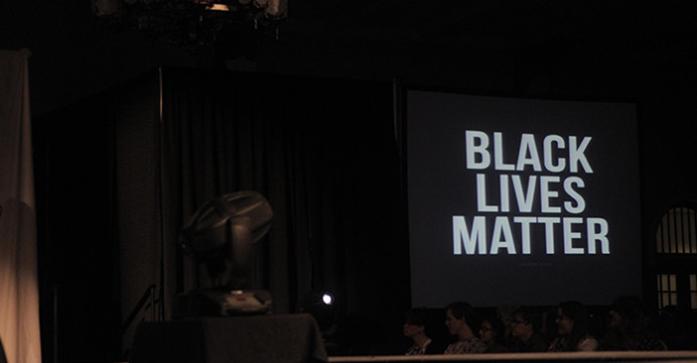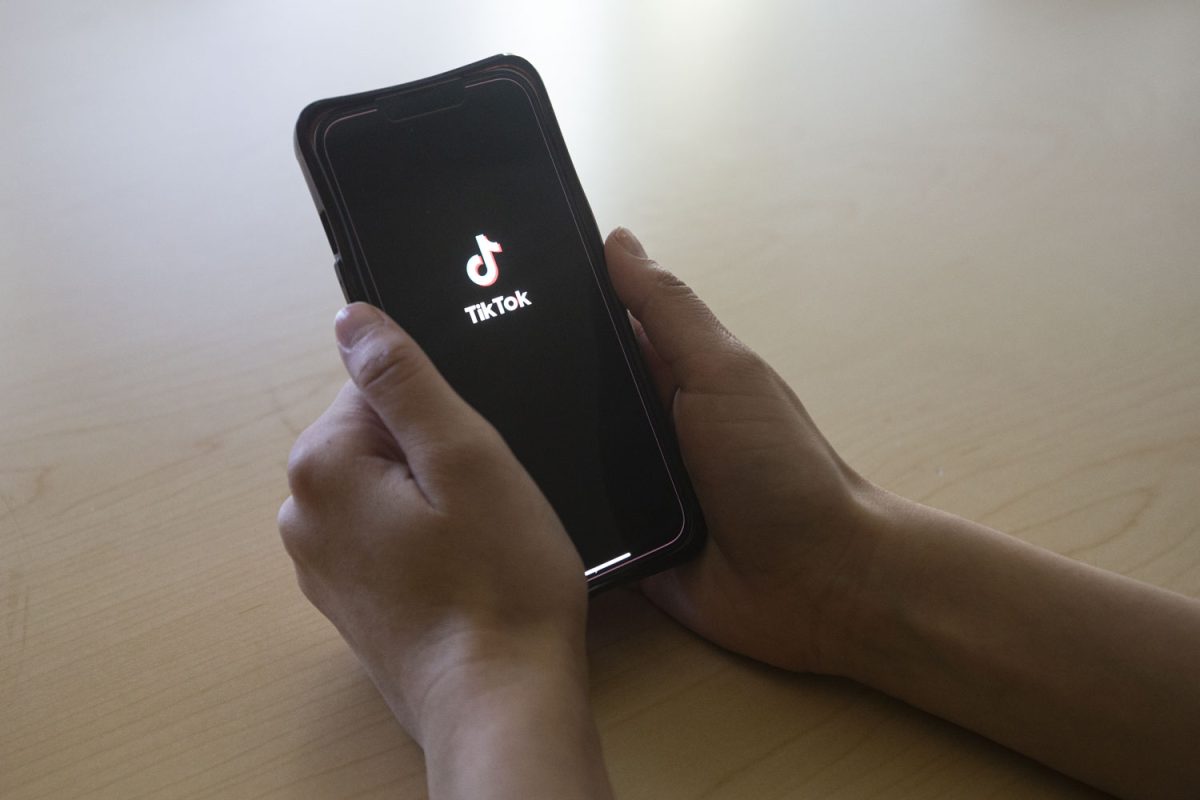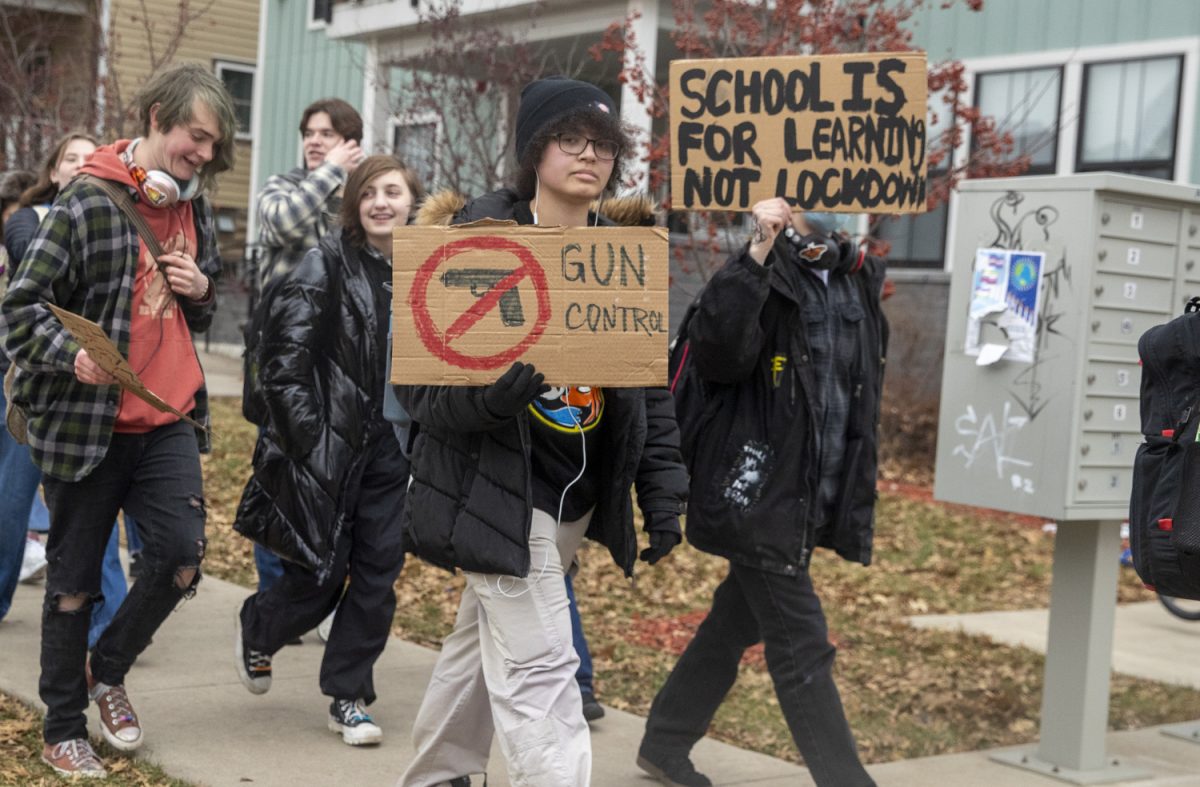On Sunday, Republican presidential hopeful Chris Christie said the rhetoric of Black Lives Matter included “calling for the murder of police officers,” and as a result, he didn’t think the movement was justified. The comment from the New Jersey governor is a perfect example showing the divide that the movement has exposed in the country.
On the one hand, racial disparity in police killings is not hard to find. According to an analysis by The Guardian, 31.9 percent of black people killed by police in 2015 were unarmed, compared with 15 percent of whites. In total, including those who were armed, 5.46 per million black people have been killed by police, compared with 2.2 per million whites. Black Lives Matter advocates cite this data to prove a widespread pattern of unequal policing.
Yet the argument that this discrimination is systematic in police work is not fully supported by data. According to 2008 statistics from the Department of Justice, of 40 million Americans who reported a face-to-face encounter with law enforcement, 3.7 percent of blacks reported being subject to force or threatened with it. Though this number is higher than the 1.2 percent of whites who reported the same, it is not indicative of a widespread problem in police encounters.
For the overwhelming majority of police encounters, there is little cause for concern. The disparity seems to arrive when conflicts escalate to violence, and that is the focal point for both supporters and detractors of Black Lives Matter: police use of deadly force.
According to an analysis by the Washington Post, only 5 percent of police shootings so far this year have occurred under controversial circumstances. The other 95 percent involve individuals who were armed and were attacking or threatening police or other civilians. In 74 percent of fatal police shootings, the individual had fired shots, brandished a weapon, or had attacked a person.
These data illuminate the multifaceted issue of police use of force. Of course, police shootings of unarmed people who pose no threat should not be tolerated. But we should also not dramatically alter the circumstances in which police are allowed to use force without carefully considering the consequences.
While Christie’s hyperbolic comment seems to be without basis, more moderate views about Black Lives Matter’s views toward police officers have been effectively censored in some publications.
Last week, the student government of Wesleyan University in Connecticut voted for a resolution that would cut the printing budget of the Argus, the campus newspaper, by around $15,000. While the reason behind the move wasn’t explicit, it seems to be a reaction to an op-ed the paper published in September from a student who criticized aspects of the Black Lives Matter movement, in particular the “vilification and denigration of the police force.” However, the student did say he supported “many of the efforts by the more moderate activists.”
The op-ed generated an outcry at Wesleyan, where a petition circulated calling for editors to undergo diversity training and set up a space on the front page for “marginalized groups/voices.”
These sorts of efforts to censor viewpoints only serve to drive the wedge further between those who see a systematic abuse of power directed against people of color and those who see a campaign of vilification against police. If we are to have productive conversations about police force in the United States, we need to find common ground to bridge the divide and make sure the concerns on both sides of this issue are addressed.










